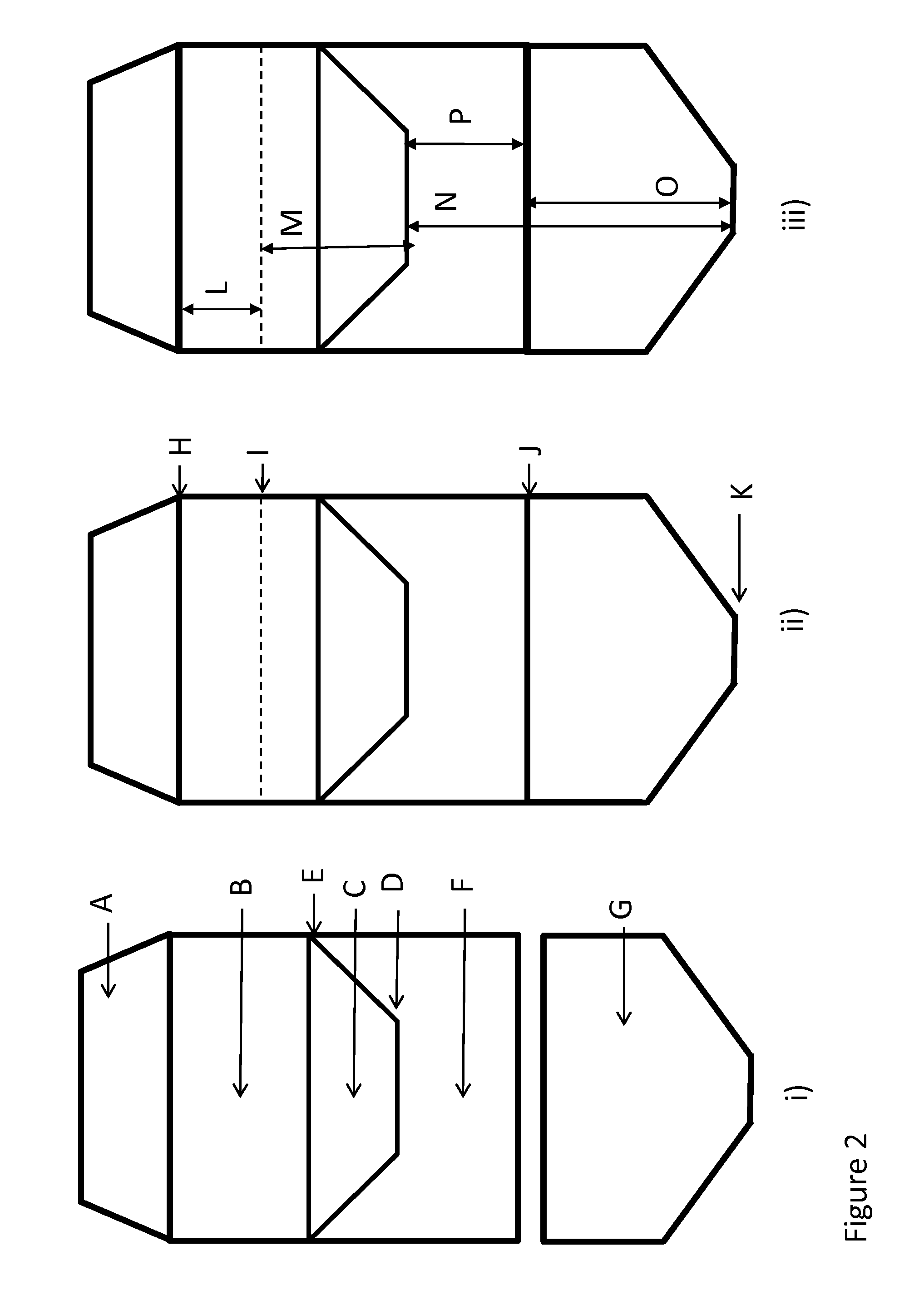Isolation of cells and biological substances using buoyant microbubbles
a technology of biological substances and microbubbles, which is applied in the field of cell and biological substance isolation using buoyant microbubbles, can solve the problems of inability to fully remove the components of the targeted cell, inability to complete the collection of the floating layer, and inability to fully remove the microbubble components from the targeted cell, etc., and achieves high water solubility, and robust performance as a separation reagent
- Summary
- Abstract
- Description
- Claims
- Application Information
AI Technical Summary
Benefits of technology
Problems solved by technology
Method used
Image
Examples
example 1
Synthesis of Uncharged Lipid Microbubbles Containing Decafluorobutane Gas
[0255]Microbubbles consisting of a decafluorocarbon gas core encapsulated by a two-surfactant shell were prepared as follows. 100 mg of the lipid disteroylphosphatidylcholine (Avanti) and 50 mg of the surfactant PEG-40 stearate (Sigma) were solubilized by low-power sonication of 20 minutes at 9 W (CP-505: Cole-Parmer) in 0.9% injection grade NaCl (normal saline; Baxter). The mixture was heated to 70° C., and microbubbles formed by high-power sonication (30 s at 40 W) while sparging decafluorobutane gas (Fluoromed). This procedure results in the formation of a polydisperse, right-skewed dispersion of lipid-stabilized microbubbles of decafluorobutane, at a concentration of 2-4E9 per mL, number-weighted mean diameter of 2 μm, and 95% between 1-4 μm. The resulting microbubble dispersion was then allowed to cool to room temperature. Shell forming materials not incorporated into microbubbles were removed by centrifug...
example 2
Synthesis of Microbubbles with Reactive Groups Suitable for Ligand Conjugation on the Surface
[0257]Microbubbles suitable for conjugation of a ligand were prepared by incorporating into the lipid / emulsifier blend a conjugation residue immobilized on a hydrophobic anchor. Microbubbles bearing the protected sulfhydryl reactive group 2-pyridyl disulfide were prepared as follows. One hundred mg of disteroylphosphatidylcholine, fifty mg polyoxyethylene 40 stearate, and 1.25 mg of PDP-PEG(2000)-disteroylphosphatidylethanolamine (DSPE-PEG(2k)-PDP; Avanti) was added to 20 mL of sterile normal saline and sonicated to clarity using a probe-type sonicator. Microbubbles were formed and washed as in Example 1. This procedure results in the formation of a polydisperse dispersion of lipid-stabilized microbubbles of decafluorobutane, at a concentration of 2-4E9 per mL, number-weighted mean diameter of 2 μm, and 95% between 1-4 μm. Microbubbles were re-suspended at a surface area concentration of 2E1...
example 3
Conjugation of an Antibody to the Surface of Functionalized Microbubbles
[0262]A monoclonal antibody specific for CD8 (a cell receptor found on a subset of T-cells) was chosen as a ligand to enable recognition of specific cell types in this experiment. A rat anti-mouse antibody specific for CD8 (Clone 53-6.7; eBioscience) was concentrated to >2 mg / mL in 0.1M sodium acetate buffer (pH 5.5). Carbohydrate residues on the antibody were oxidized by incubation with 10 mM sodium periodate for 30 min at room temperature. The antibody was exchanged into fresh acetate buffer and incubated with the heterobifunctional crosslinker PDPH (pyridyldithiol-and-hydrazide) (5 mM) and 0.9% aniline for 1 hour at room temperature. The antibody was then purified by gel filtration into DPBS with 10 mM EDTA, pH 7.4. This procedure resulted in derivitization of the antibody with a protected thiol group preferentially bound to the Fe region. The derivatized antibody was stored at high concentration (>2 mg / mL) a...
PUM
 Login to View More
Login to View More Abstract
Description
Claims
Application Information
 Login to View More
Login to View More - R&D
- Intellectual Property
- Life Sciences
- Materials
- Tech Scout
- Unparalleled Data Quality
- Higher Quality Content
- 60% Fewer Hallucinations
Browse by: Latest US Patents, China's latest patents, Technical Efficacy Thesaurus, Application Domain, Technology Topic, Popular Technical Reports.
© 2025 PatSnap. All rights reserved.Legal|Privacy policy|Modern Slavery Act Transparency Statement|Sitemap|About US| Contact US: help@patsnap.com



